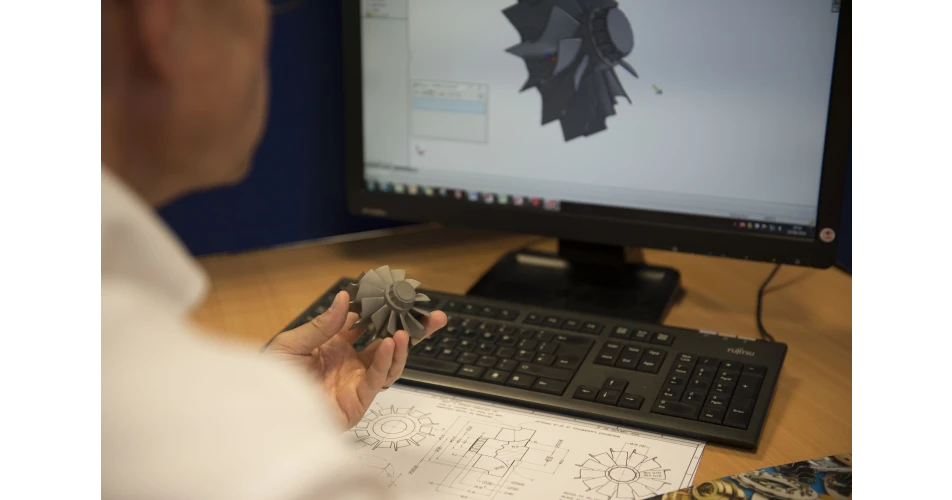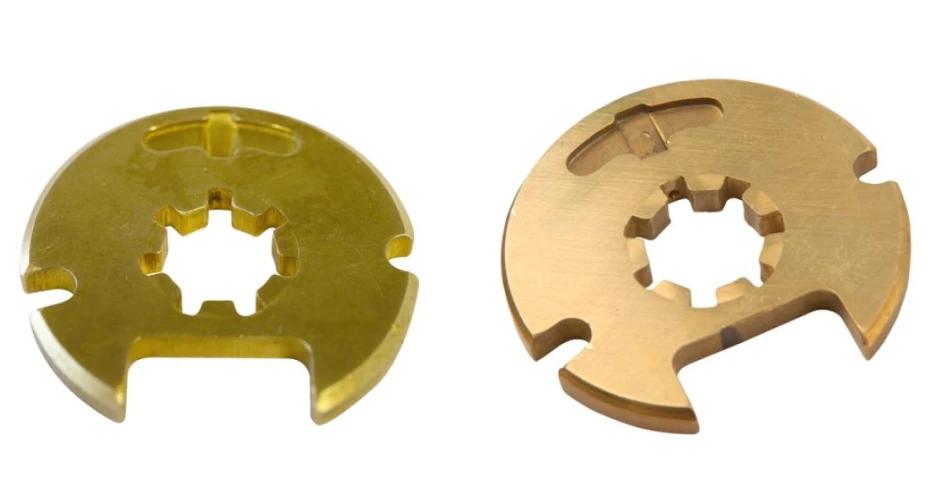When it comes to turbocharger repairs, the quality and precision of the components used is absolutely vital. However, Ian Warhurst, Managing Director at Melett points out that visual inspection alone is often not sufficient to ensure you are getting components of the required high standard.
Ian comments, "It is easy to assume that if two products look the same, then the products have been manufactured to the same standards. However, this is very often not the case. Many suppliers offer products with completely different material specifications, different post-casting processes (such as heat treatments or surface treatments) and different ‘pass/ fail’ quality criteria. For example, quality manufacturers, including Melett, specify 100% high pressure oil/water gallery testing on all bearing housings which is an extra cost which some lower cost manufacturers often prefer not to pay.” He adds, "Quality manufacturers may also specify strict dimensional controls on turbine wheel castings to ensure the balance quality of the end product. This means that the foundry typically incurs extra costs as it has a higher scrappage rate of substandard parts.”
Ian says another difference can be the tolerance levels requested on the design drawings. High tolerances on drawings mean more parts do not meet strict machining criteria. This again increases scrappage rates. To reduce such out of tolerance failures, some manufacturers will accept tolerance changes which reduce the machining quality required. This means whilst the cost of the parts may have dropped, the component quality will also have reduced.
Ian concludes, "When comparing a high-quality product with a lower cost alternative, it is risky to assume that they are equivalent parts, even if they look to be the same. It is important to consider more than just the visual appearance of a component. If it appears to be cheap, it can be worth asking; ‘how do the manufacturers make this product so cheap?’ and ‘what corners may have been cut in terms of quality to achieve that low cost?”
To highlight the differences Ian takes the example of a BV50 Thrust Bearing and contrasts a low quality part with the high quality Melett component.
The lower quality sample has the following characteristics;
- • Blank has been cut from worn / low quality tooling.
- • Thrust pads without clean and square edges. These thrust pads are rounded through excessive deburring – usually compensating for low quality tooling.
- • Thrust ramping is too deep and uneven on each pad, and there is no apparent control over the ramp sizing – the most critical bearing feature.
- • Surface finish is too smooth.
- • Oil feed hole is too large.
The Melett component has the following contrasting characteristics;
- • Thrust pads – sharp, square cut from quality tooling.
- • Thrust bearing ramping size is controlled – correct size on all pads.
- • Oil feed hole is clean, deburred and to the correct size.
- • Controlled scratches on the bearing surface (as on GT15-25) to retain oil on shut down.

 A BV50 Thrust Bearing with the inferior quality version on the left and Melett component on the right.
A BV50 Thrust Bearing with the inferior quality version on the left and Melett component on the right.